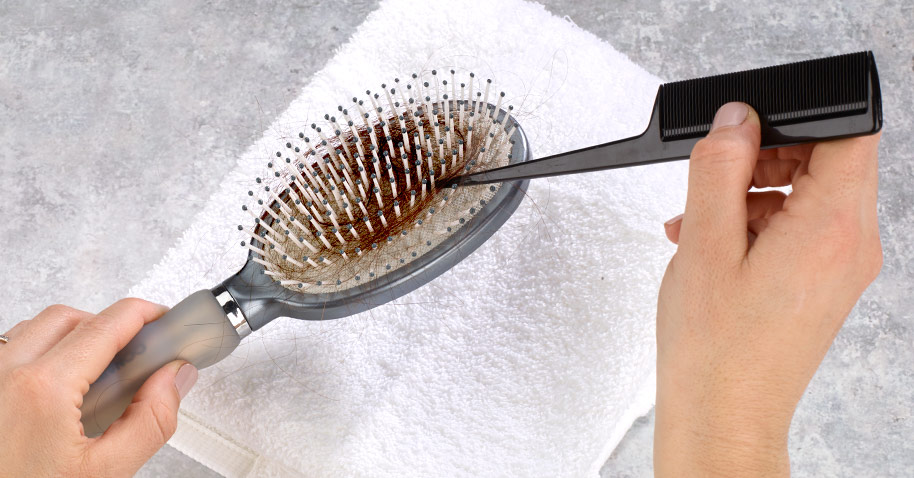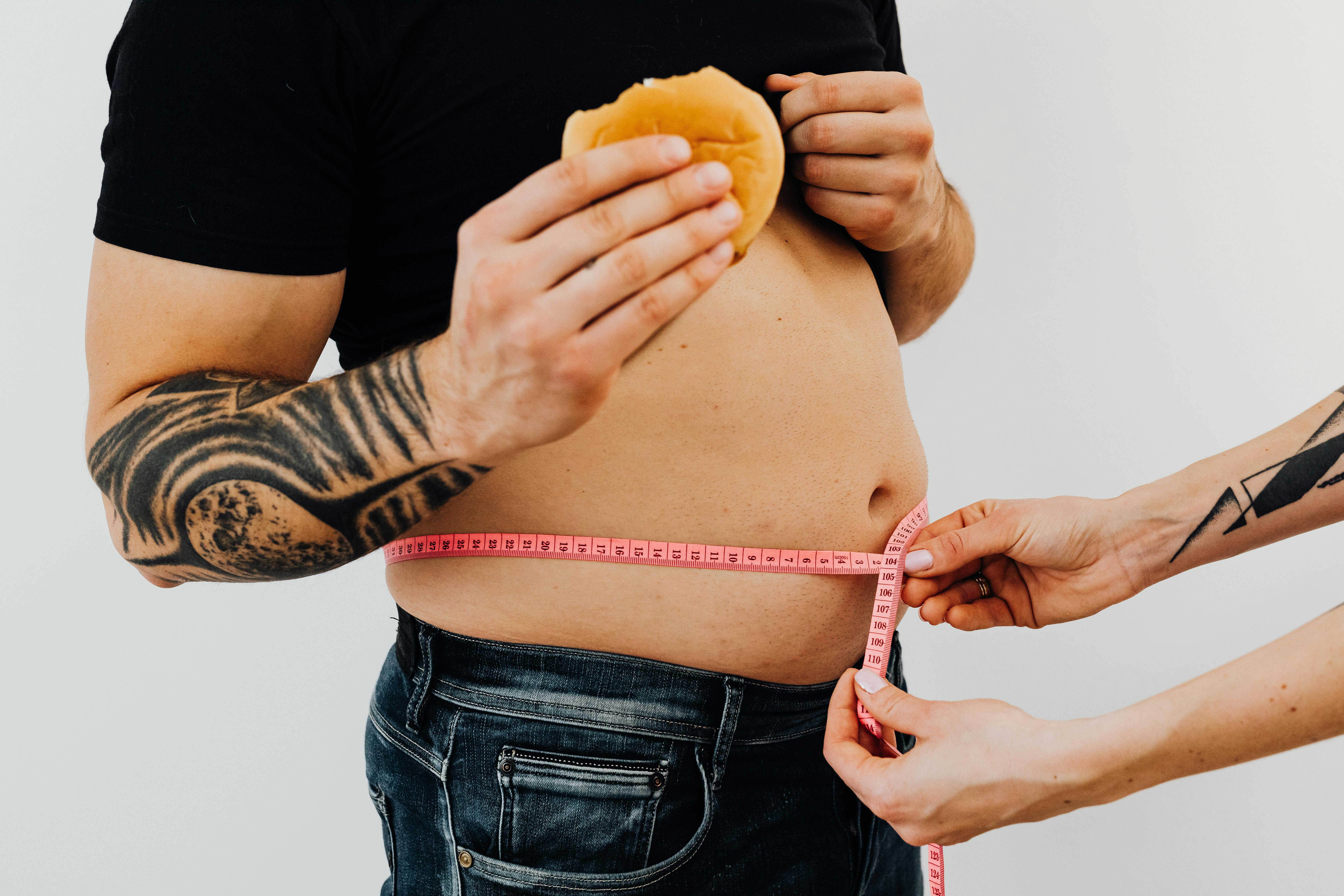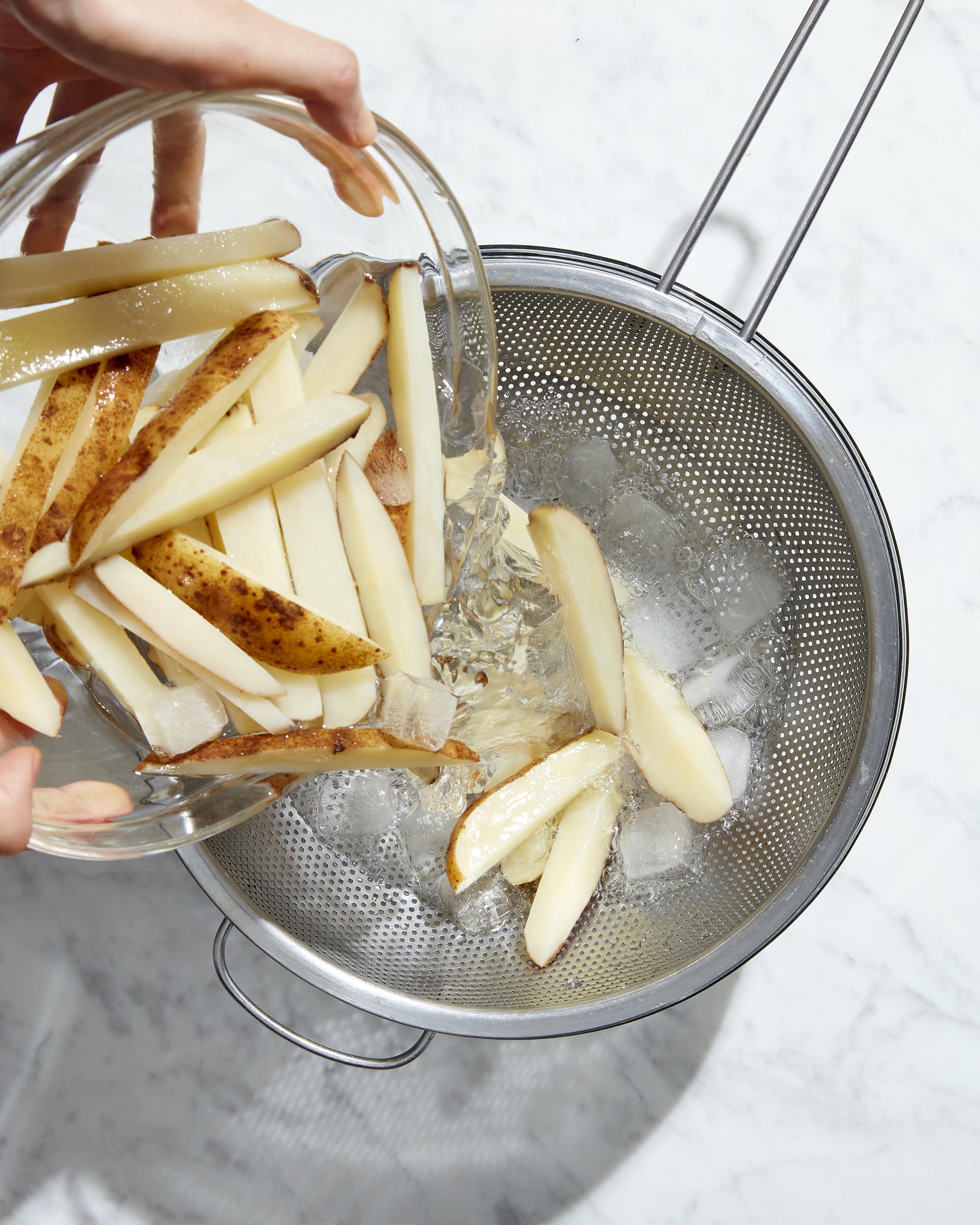
Effective Ways to Etch Glass: Practical Techniques for 2025
Etching glass is a beautiful and creative craft that adds a unique and personal touch to various glass items, from vases and bottles to ornaments and home décor. As the demand for customized and artistic glassware continues to rise, understanding the best techniques and tools for etching glass at home has become essential for both beginners and experienced crafters. This article delves into the effective ways to etch glass using various methods, ensuring safety precautions are implemented while achieving stunning results. You'll learn about different etching techniques, the tools required, and tips for creating intricate designs that resonate with personal style or celebrate special occasions.
Whether you're considering DIY glass etching projects for home improvement, crafting gifts for weddings, or simply exploring glass etching designs as an art form, this guide will equip you with the knowledge you need. With an emphasis on safety and efficiency, we will cover everything you need to know about glass etching kits, etching cream, sandblasting, and more. Let’s dive into the fascinating world of glass etching!
Key takeaways:
- Explore various glass etching techniques suitable for all skill levels.
- Learn about essential tools and supplies for successful glass etching.
- Understand safety precautions to protect yourself during the etching process.
- Get inspired by unique design ideas and applications for etched glass.
Essential Tools and Supplies for Glass Etching
To embark on an exciting journey of glass etching, having the right tools and supplies on hand is crucial. This section will detail the essential items you will need, as well as some recommended kits available in the market.
Choosing the Right Glass Etching Kits
Various glass etching kits are available, catering to beginners and experienced artisans alike. When selecting a kit, consider the tools included, such as etching cream, stencils, brushes, and safety gear. Popular options include:
- **Beginner kits:** These typically come with basic etching cream, stencil designs, and safety equipment. Ideal for those just starting with etching glass at home.
- **Professional kits:** These kits often feature high-quality tools such as sandblast etching kits, premium etching glass templates, and advanced safety gear for more intricate projects.
Exploring these options can help you find a glass etching kit that suits your crafting needs.
Recommended Tools for Etching Glass
Aside from kits, having specific tools can significantly improve your glass etching experience. Here’s a breakdown of some essential tools:
- **Etching cream:** This is the primary substance used in most glass etching processes. Look for creams that have a good reputation for quality and ease of use.
- **Stencils and templates:** Utilize adhesive vinyl stencils or established etching templates to achieve beautiful designs. Many customizable options are available, allowing for artistic freedom.
- **Brushes and applicators:** These help to evenly distribute etching cream across the glass surface, ensuring a smooth and consistent finish.
Safety Gear and Precautions
As with any crafting project, safety should always be a priority. Glass etching involves various chemicals and tools that require careful handling. Protective eyewear, gloves, and masks can help safeguard against potentially harmful fumes or glass shards. Here are some important safety precautions to consider:
- Always work in a well-ventilated area to minimize inhalation of fumes from etching creams and solvents.
- Wear gloves to protect your hands from skin irritation that may result from contact with etching creams or glass surfaces.
- Keep all tools and materials organized to prevent accidents or confusion while working on your project.
Having covered the essential tools and supplies for glass etching, let's transition to exploring effective glass etching techniques!

Exploring Glass Etching Techniques
With the right tools in hand, it's time to delve into the different glass etching techniques available. Each technique has its unique benefits and suitability for various projects. Understanding these methods will help you select the best approach for your specific goals.
Using Etching Cream for Glass Etching
Etching cream is one of the most popular techniques among crafters due to its ease of use and ability to produce consistent results. To get started with etching cream:
- **Surface preparation:** Begin by thoroughly cleaning the glass to remove any oils or dirt. A clean surface is essential for successful results.
- **Applying stencils:** Once the surface is ready, apply your stencil design by using adhesive vinyl or ready-made templates. Ensure the edges are well-sealed to prevent etching cream from leaking underneath.
- **Applying etching cream:** Carefully spread the etching cream over the stencil using a brush or applicator, ensuring that it's thick enough to achieve the desired etching depth.
- **Timing:** Let the cream sit for the recommended time before rinsing it off with water. This will typically take around 5-10 minutes.
Sandblasting Glass Etching
For those looking for a more advanced technique, sandblasting offers a unique approach to glass etching. It involves using a blast of sand particles to create a textured finish. Here’s how to get started:
- **Prepare the workspace:** Make sure your area is equipped for sandblasting, preferably with a dedicated studio setup.
- **Design creation:** Create your design as a stencil, and secure it firmly to the glass surface.
- **Blast the glass:** Use a sandblasting machine or handheld device to apply sand to the exposed areas of the glass. Keep moving to avoid over-etching any specific area.
- **Cleaning post-etching:** After sandblasting, rinse the glass thoroughly to remove any dust and debris.
Reverse Glass Etching Techniques
Reverse glass etching involves creating a design that appears etched from the back side of the glass, usually on clear glass items. This method requires careful planning but offers stunning outcomes. To use reverse etching:
- **Design application:** Apply your stencil on the backside of the glass, ensuring the adhesive is intact to protect the front.
- **Etch the back:** Use an etching cream or sandblasting to treat the back side of the glass.
- **Final display:** The front side remains clear, allowing the engraved design to shine through beautifully.
Having established various etching techniques, we can now move on to understand specific glass etching designs and ideas that can bring your projects to life.

Creative Glass Etching Designs and Ideas
Finding inspiration for your glass etching projects can take your creativity to the next level. In this section, we will explore some exciting design ideas and their applications.
Personalized Glass Etching for Gifts
Custom glass etching is a fantastic way to create unique gifts for loved ones. Think about personalized items such as:
- **Etched glass vases:** Adding a name or date to a glass vase makes for a thoughtful wedding or anniversary gift.
- **Glass bottles:** Customize wine or spirit bottles for a personal touch during celebrations or special events.
- **Glass ornaments:** Create one-of-a-kind ornaments for holidays, each featuring a special memory or theme.
Glass Etching for Home Décor
Embellishing your living space with etched glass can enhance its aesthetic appeal. Here are some home décor ideas:
- **Etched panels:** Incorporate frosted glass panels in doors or windows to create privacy while allowing light to filter through.
- **Glass tableware:** Customize plates, glasses, or serving dishes with intricate designs or seasonal patterns to match your home’s theme.
- **Artistic glass displays:** Showcase etched glass sculptures as a centerpiece for a striking conversation starter in your home.
Utilizing Glass Etching for Special Occasions
Glass etching can also elevate special events such as weddings and parties. Incorporate etched items like:
- **Table settings:** Use personalized etched glasses or plates for wedding receptions to leave a lasting impression on guests.
- **Favors:** Gift beautifully etched glass items as keepsakes for attendees at corporate events or anniversaries.
- **Ceremony accents:** Consider etching important dates or names onto glass containers that hold wedding flowers or candles.
With a plethora of design ideas at your disposal, let's move on to the critical aspects of maintaining the safety and quality of your glass etching projects.
Safety Precautions for Glass Etching
As you engage in the creative process of glass etching, it’s vital to prioritize safety. Glass etching involves chemicals, sharp tools, and dust that can pose risks. Here are essential safety precautions to ensure a secure working environment:
Understanding Chemical Safety
The chemicals used in etching cream can be harmful if inhaled or come into contact with the skin.
- Always read the safety instructions on the product labels.
- Work in a ventilated area to minimize exposure to fumes.
- Keep appropriate safety gear handy, including gloves and goggles.
Managing Sharp Objects
Working with glass means handling sharp edges and tools.
- Ensure to handle glass with care to prevent cuts and injuries.
- Use cutting mats and proper grip tools for any glass cutting tasks.
- Dispose of glass shards safely to avoid accidents.
Creating a Safe Workspace
Finally, the environment in which you etch glass plays a significant role in your safety.
- Keep your workspace organized and free from clutter to minimize distractions.
- Use non-slip mats and surfaces to prevent accidents.
- Ensure you have basic first aid supplies readily available for emergencies.
With safety measures firmly in place, enthusiasts can confidently create stunning glass etching projects. Next, let’s answer some of the most common questions about glass etching!
Q&A: Common Questions About Glass Etching
1. What are the best tools for glass etching?
The best tools for glass etching generally include high-quality etching cream, vinyl stencils, brushes or applicators for cream application, and safety gear such as gloves and goggles. Consider investing in a good-quality glass etching kit that comes with these essentials.
2. How can I remove etching cream if I forgot a spot?
If you need to remove etching cream after it has been applied, the best approach is to rinse it off with cold water immediately. For areas that might require additional treatment, gently buff with a soft cloth dampened with water to eliminate any residue.
3. Can I etch glass items with colored surface?
Yes, it is possible to etch colored glass. However, the results will vary depending on the color and opacity of the glass. Test a small area to verify the outcome before proceeding with the entire item.
4. Are there any eco-friendly options for glass etching?
Many brands offer eco-friendly etching creams and supplies. You can also explore homemade alternatives using baking soda and vinegar for safer, non-toxic glass etching processes.
5. What are some advanced techniques for experienced glass etchers?
Experienced crafters often explore techniques like sandblasting, laser etching, or combining multiple methods to create intricate designs that involve varying textures and depths.
In conclusion, glass etching presents an exciting opportunity for creativity and craft. With the right techniques and tools, you can transform plain glass items into unique art pieces. Always prioritize safety and consider personal style when planning your projects. Happy etching!